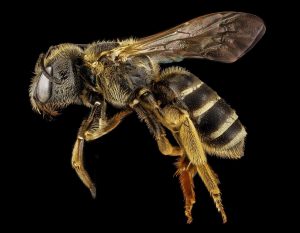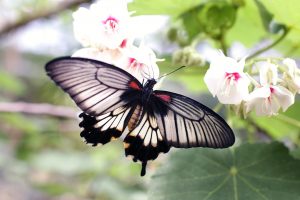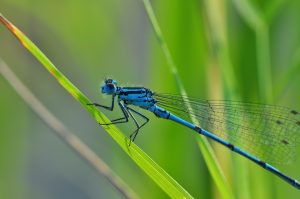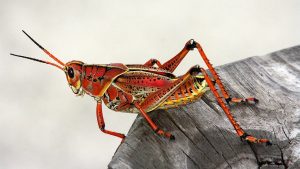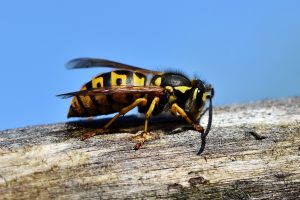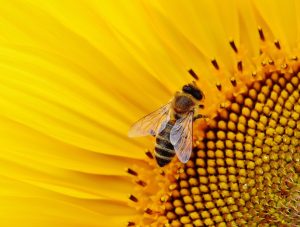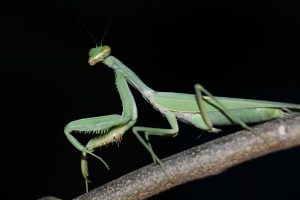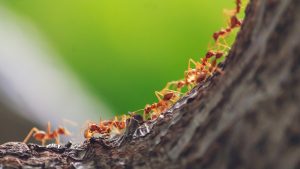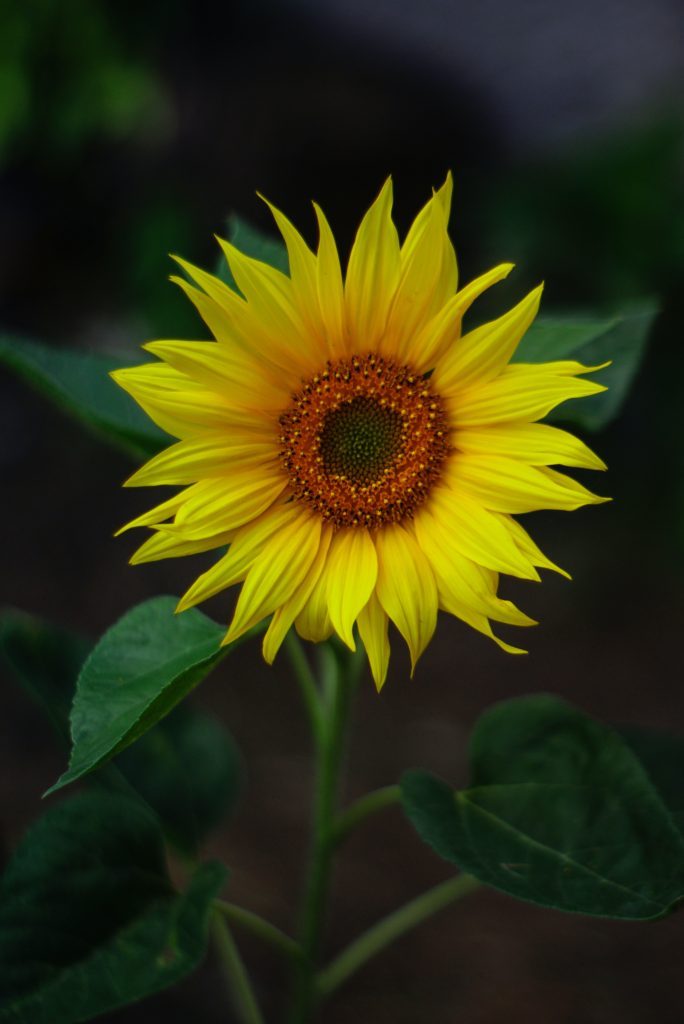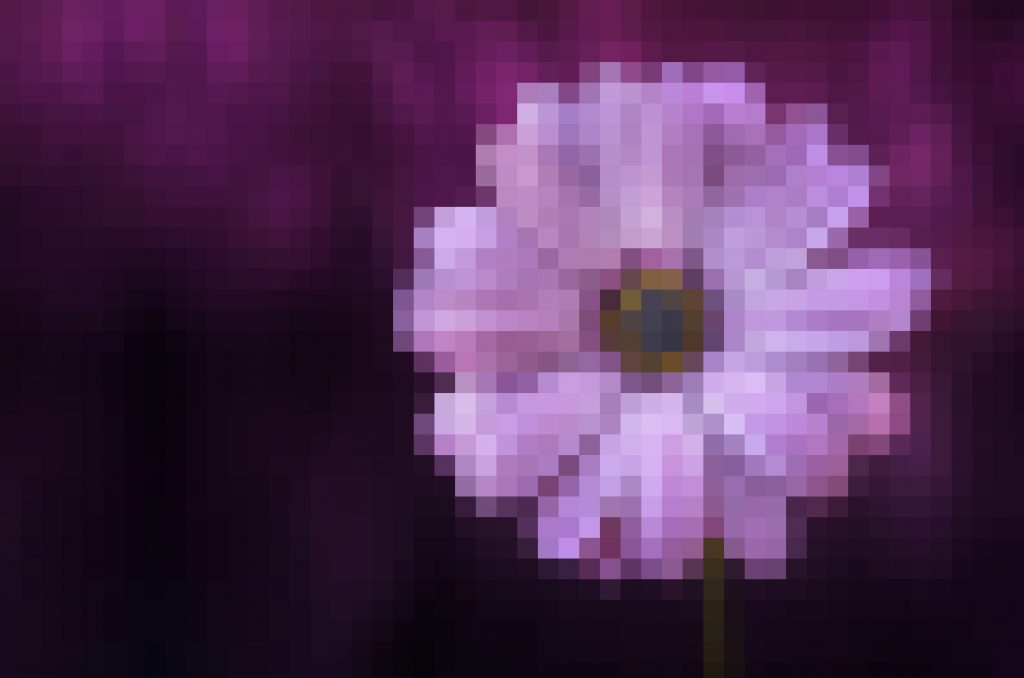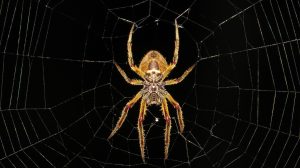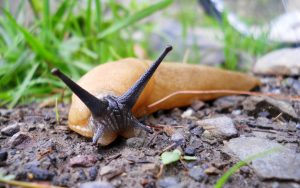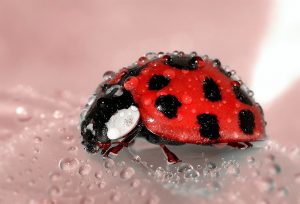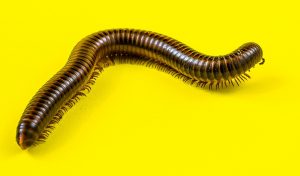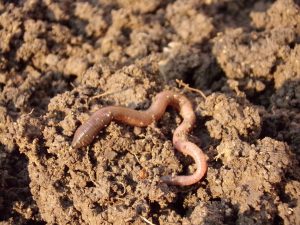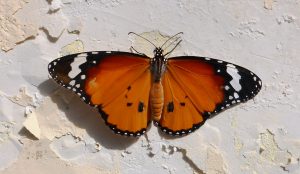Oxbow Virtual Lesson: Buggy Bonanza

Overview
Overview
- Insect Characteristics
- Anatomy
- Compound Eyes
- Antennae
- Exoskeleton
- Label an Insect
- Insect or Imposter?
- Outdoor Adventure
- Habitats
- Metamorphosis
- Services
Standards
Kindergarten Standards:
- SKL1. Obtain, evaluate, and communicate information about how organisms (alive and not alive) and non-living objects are grouped.
- SKL2. Obtain, evaluate, and communicate information to compare the similarities and differences in groups of organisms
2nd Grade Standards:
- S2L1. Obtain, evaluate, and communicate information about the life cycles of different
living organisms.
c. Construct an explanation of an animal’s role in dispersing seeds or in the pollination of plants.
3rd Grade Standards
- S3L1. Obtain, evaluate, and communicate information about the similarities and differences between plants, animals, and habitats found within geographic regions (Blue Ridge Mountains, Piedmont, Coastal Plains, Valley and Ridge, and Appalachian Plateau) of Georgia.
Buggy Basics
Bugs are nearly everywhere around us, from high in the sky to low underground. There is a microscopic world with these creepy, crawly creatures, rich with discovery for anyone willing to “dig” in.
In this lesson we will define the characteristics, or what makes an insect an insect. We will discuss the variety of habitats, or places that insects may live.
Lastly, we will uncover how insects transform their bodies during their life cycles through a scientific process known as metamorphosis. We will even get artsy for a few butterfly activities.
Insects are interesting, but they are also very important in their environment. Let’s learn a “tiny” bit more about this tiny world!
Ant-natomy
Animals are grouped differently depending on their characteristics, or their attributes. An animal’s anatomy, or their physical structure, plays a big role in how they are characterized — even for a tiny creature. Insects have three main body parts, a head, a thorax, and an abdomen. They also have two antennae, six legs (three pairs), compound eyes, and mouthparts or mandibles. Now let’s look closer into the eyes – and other peculiar parts.
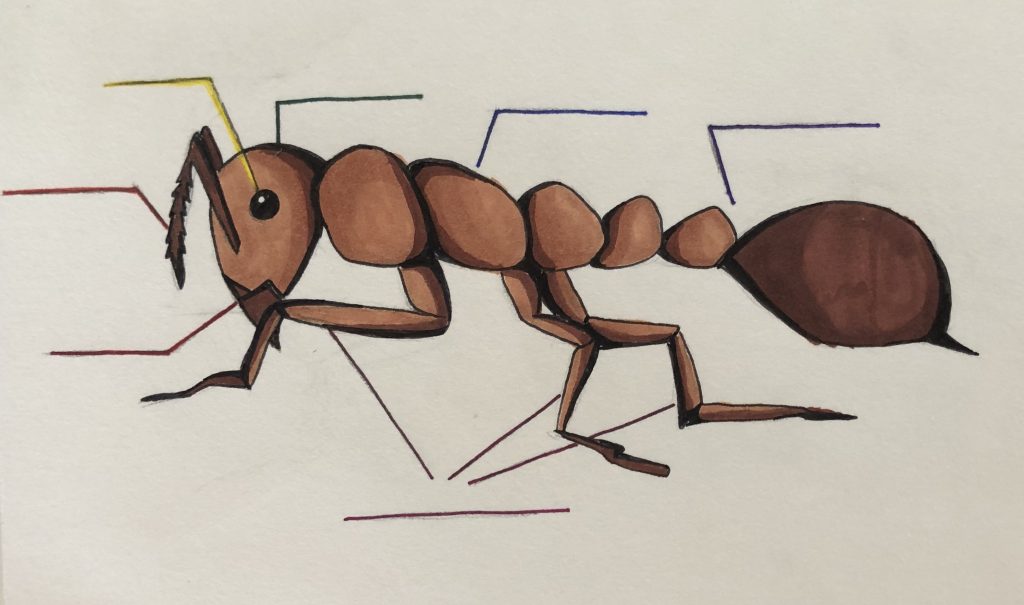
Take a look at this diagram of an ant. Review where each characteristic is on the ant’s body, or it’s anatomy. I mean ant-natomy? Animals have different adaptations, or physical characteristics that help them with survival. How do you think some of these body parts, or adaptation, help insects survive?
- Head: essential for feeding and sensory functions
- Antennae: helps sense surroundings for food, danger, or mates
- Compound Eyes: thousands of tiny light detectors that helps they see in special ways
- Mandibles: the feeding structures that help them eat to gain energy
- Legs: help with mobility and stability
- Thorax: hold the head and abdomen structures, and sometimes is where wings would be attached
- Abdomen: essential for digesting food and reproduction, and sometimes is where a stinger would be attached
Bug Eyed
Let’s take a look for ourselves what it would be like to “look through” compound eyes, like fly vision.
Compound Eye
Cool Animal Vision
Now let's take a closer look...

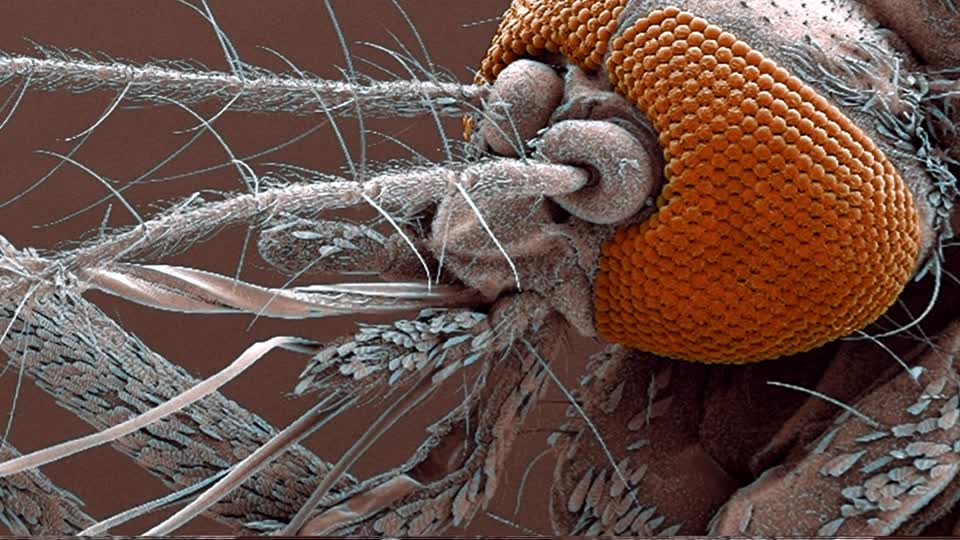
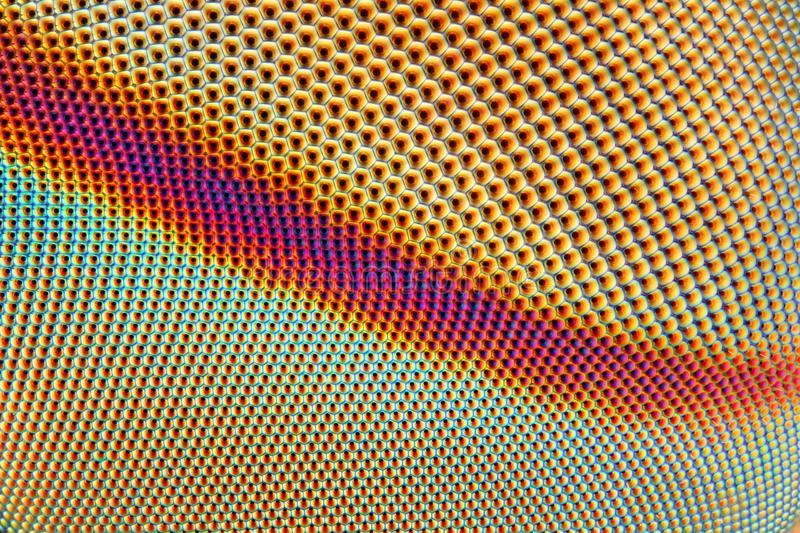
Bug Eyed
The compound eyes of an insect have thousands of lenses, allowing for an interesting optical illusion. However, insects do not see quite like in the movies or cartoons as a kaleidoscope of multiple, repeating images. Insect sight relies on the insect brain, just like with human vision. The thousands of lenses on the compound eyes send a message to the insect’s brain to process what they are seeing. Actually, seeing like an insect is like seeing in pixels like an old RPG video game like these images. Though, the light that is processed by the insect brain varies in frequency, and the light appears in different colors. Insects cannot see as wide of a spectrum of visible light as humans’ vision, which allows us to see the lowest frequency of light, the color red. Some flowers have even adapted ultraviolet patterns on their petals to help attract insects! Another “visionary” or extraordinary insect is a praying mantis, which has the unique ability to turn its head 180 degrees. This provides the insect with a full 360-degree field of vision!
Bug Eyed Art

Materials:
- Handful of straws (preferably not the bendy type)
- Scissors
- Rubber band, tape, or even a hair tie
- Optional: red cellophane or transparent plastic wrapper writing and drawing supplies
Instructions:
- Use scissors to cut the straws into thirds.
- Bunch or gather the straws together so they’re flush at both ends.
- Secure the rubber band, hair tie, or tape around the straws to hold them in place.
- Look through your compound eye model!
Now, hold or secure the red wrapper or cellophane (or any colors you have) over one end of the straws. Here you see some red cellophane and some blue cellophane; when added together I created purple! Observe your surroundings through the opposite end of the colorful cellophane. Tip: you can tuck the cellophane under the rubber band or tie that you have securing the straws together.
Draw a picture of something from the perspective of an insect by drawing what you see through your compound eye model. Then draw a picture of the same thing with your normal human sight.
When looking through the model with the cellophane, were some colors more difficult to see than others? Why do you think that is?
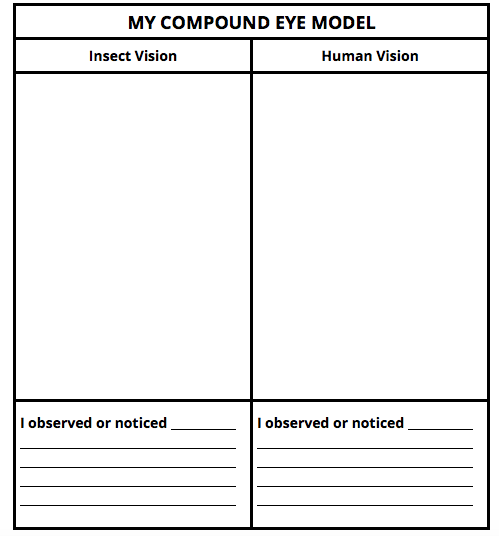
All the "Feelers"
Insects have a strange sensory organ that helps them sense food nearby, as well as danger like predators or rain. The pair of antennae, which are often a long device, are located on the insect’s head. Antennae also help insects communicate with each other using pheromones, such as in a supercolony of ants. Watch these videos on how ants communicate with these peculiar devices.
Antennae Craft
Make your own antennae headband, if you have an old headband and a few chenille stems!
Strong on the Outside
An insect has another extraordinary characteristic – they have their “bones,” or rather than support structure, on the outside of their body! Instead of a backbone inside of the animal’s body, their structure is a little different. An insect has an exoskeleton which protects and supports the rest of its body.
Build Your Own
Having an exoskeleton is like having an armor or shield to protect your body.
Build your own paper or cardboard shield, or cut a 2 Liter bottle as arm shields to create your own exoskeleton.
Label the Parts
Now that we’ve investigated the characteristics of what makes an insect an insect, let’s see if we can remember where certain body parts belong.
Label this insect diagram with an insect’s body parts.

Invent Your Own Insect
Bug or Slug: Insect or Imposter?
An imposter is someone or something that appears or pretends to be someone or something else.
Now that you are an expert on what categorizes an insect, look at the images and decide which animals are actually insects and which are imposters!
Outdoor Adventure
Look in your yard or in a park for some insects in your surroundings. Be careful and only touch insects that you know are safe and cannot hurt or sting you. It is always a good idea to look and not touch, and investigate from a distance. It is safer for you and for nature! How many types of insects can you find? Do any of them have interesting features or adaptations?
Draw one of the insects that you found with as much detail as you can.
Humid Habitats
While they live most place in the world, insects prefer homes that are warmer and wetter, like close to the Equator. The closer you get to the center of the Earth, the more insects you will find. Insects live under the water, underground, or above ground on trees, plants, and so on. Watch these videos to see how and where some insects live.
Life of Insects
Ants
Locusts
Diving Beetle
Ch-ch-ch-changin’ through the Metamorphosis
Insects change their bodies over their lifetime, almost like transformers. They begin their life as an egg, hatch as a larva, and then eventually become an adult – in a totally new form. There are different types of this life cycle process, called metamorphosis. Don’t change your mind now, let’s keep going to find out more about life cycles of insects.
Egg
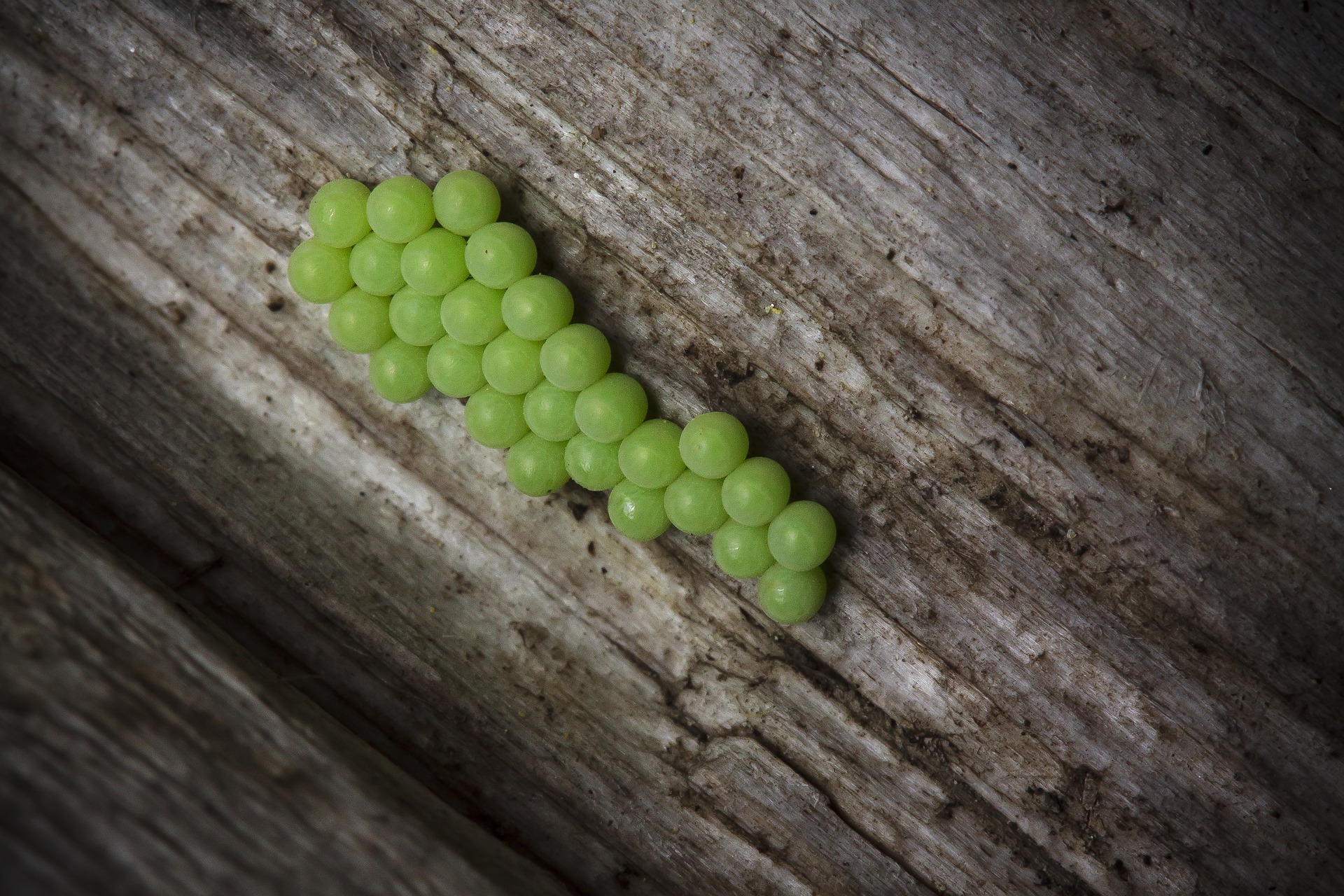
Larva
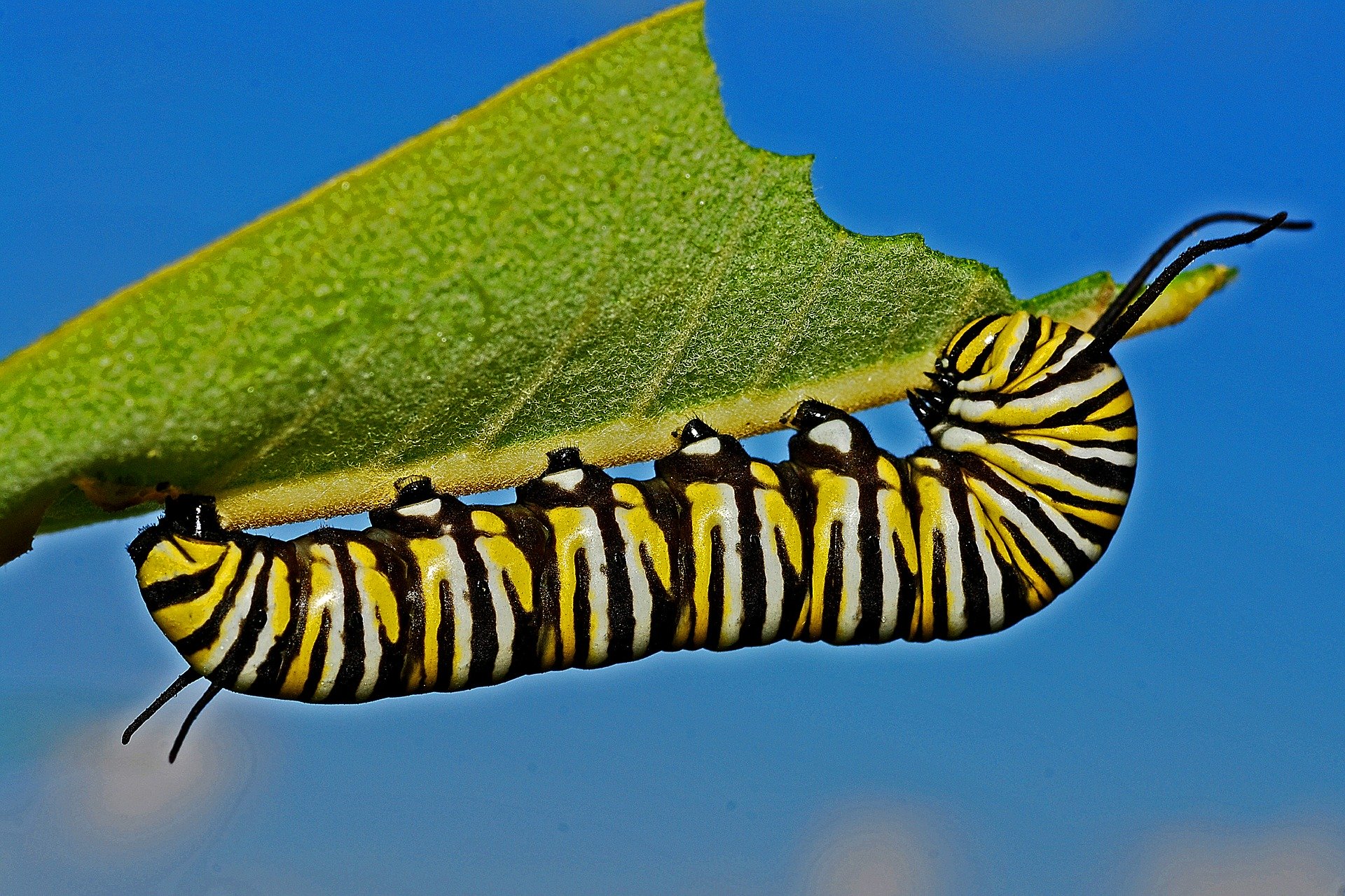
Caterpillar
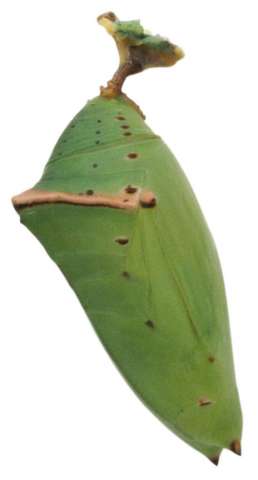
Adult
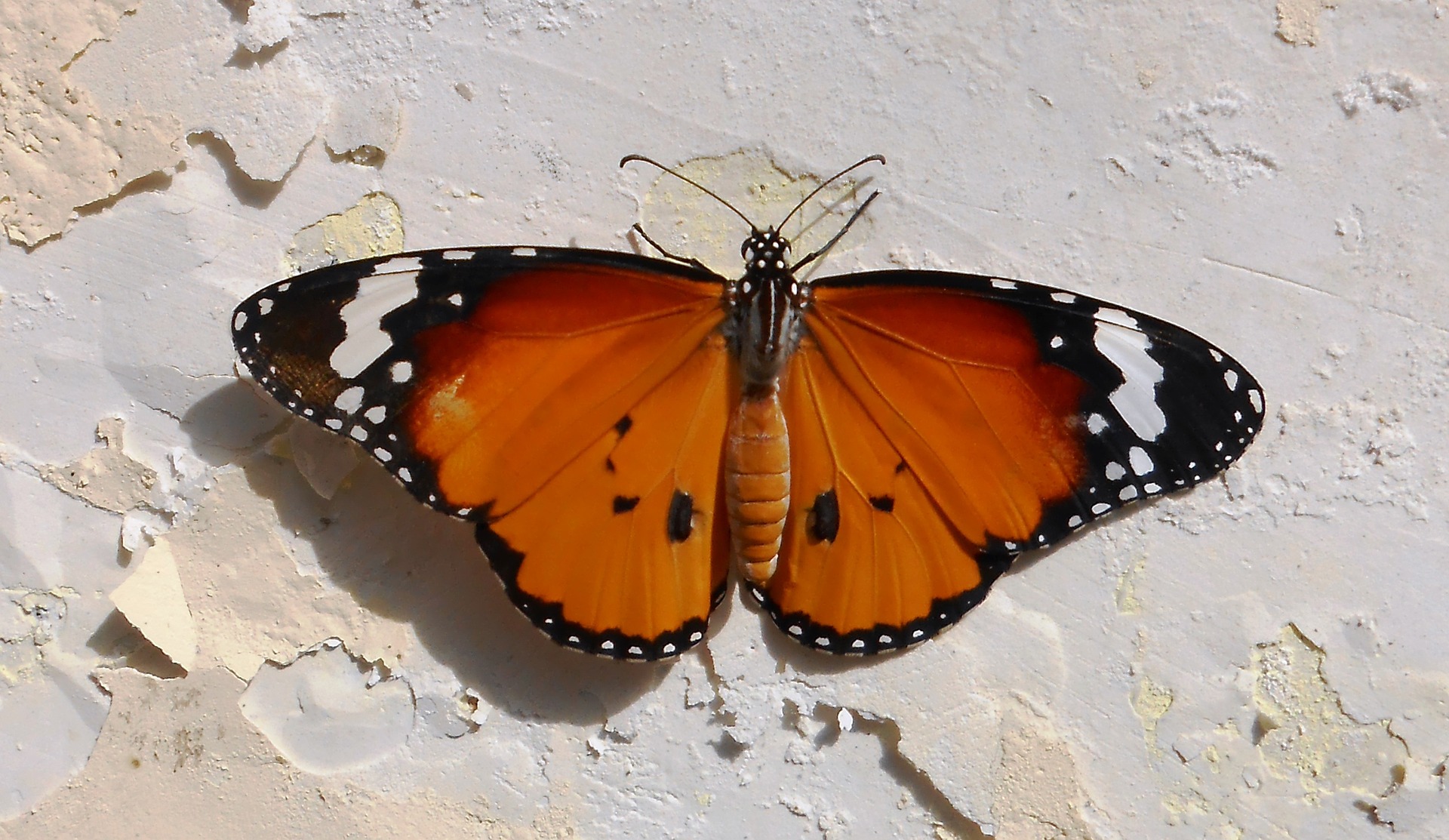
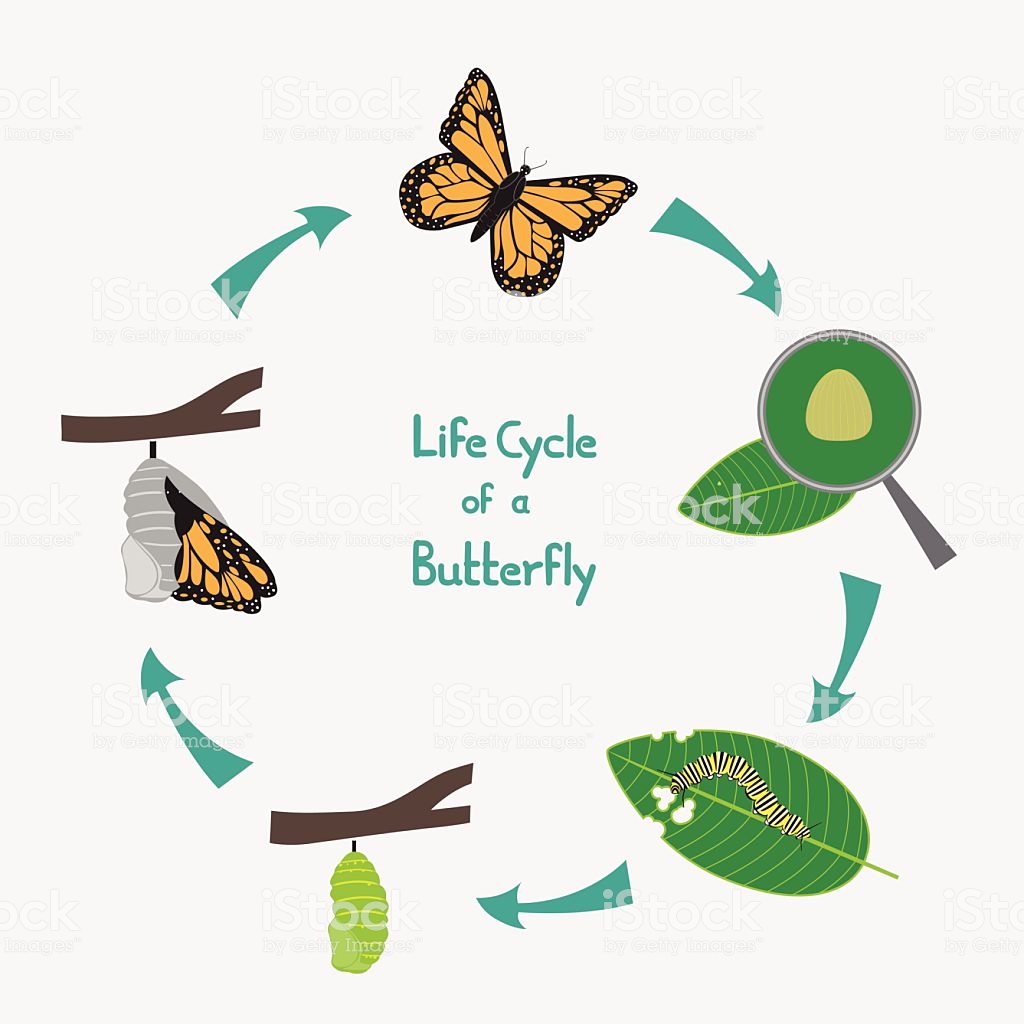
Life Cycle Craft
One or two noodles of each time of pasta: bowtie, shell, rotini, and small round pasta, dry bean, or rice.
Each pasta type represents a different stage of the life cycle for a butterfly.
The rice or small round pasta represents the “egg,”
The rotini noodle represents the “caterpillar” or larval stage,
The shell represents the “chrysalis” or pupa stage, and
The bowtie noodle represents the final phase as an adult “butterfly.”
For more information on this great activity: https://www.scholastic.com/teachers/articles/teaching-content/butterfly-life-cycle-plate-craft/
Services
Not only are they pretty amazing, insects are also actually very important in their environments. Insects do lots of things, almost like having jobs! They provide ecosystem services, like pollination, decomposition, and providing a food source to lots of consumers. Without insects we would not have fruits and vegetables, and the earth would be full of organic trash! Insects are an important balance to the food web, too. There are more insects than all other animals, combined. The biomass, or weight, of all of the insects on the planet would outweigh the biomass of all mammals, reptiles, birds, fish, and amphibians together! We told you, insects really are everywhere!
